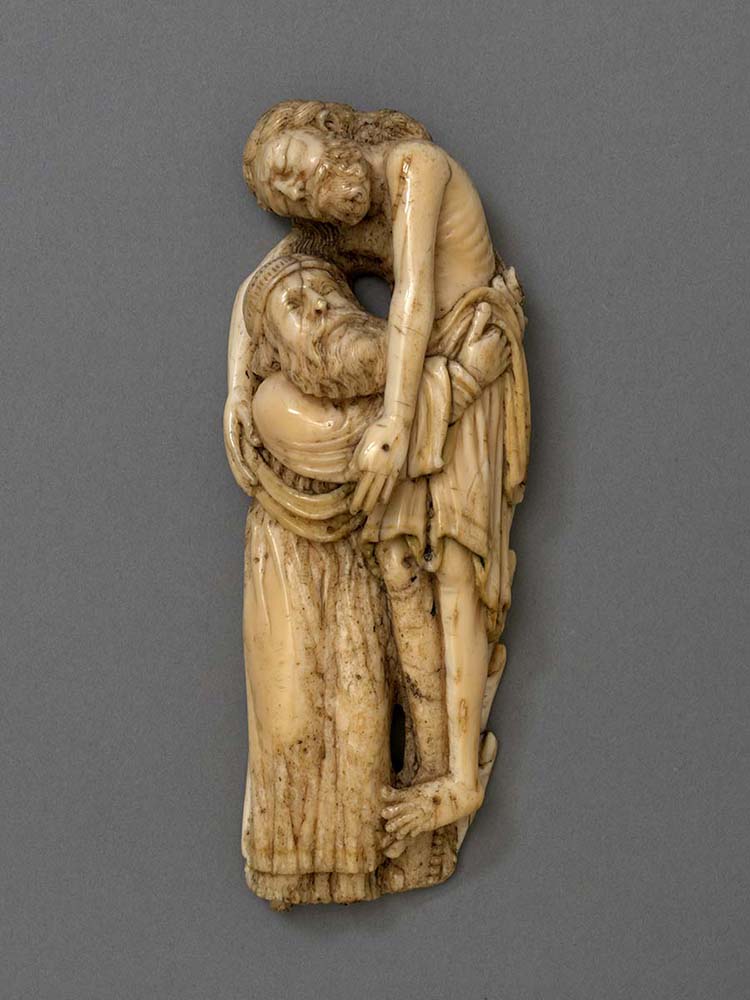
Future secured for rare medieval carving of the Deposition from the Cross
The unique 12th-century sculpture has been saved for the UK and now joins the V&A’s permanent collection thanks in part to NHMF funding.
The walrus ivory sculpture, which shows the removal of Christ’s body from the cross, is considered one of the finest and most important examples of English Romanesque carving in the world.
While much religious art and imagery was destroyed in the English Reformation of the 16th century, the Deposition from the Cross survived. Now, following a temporary export bar and a successful fundraising campaign by the V&A, the piece has once again been saved for future generations.

Saved by the public, for the public
In response to the V&A’s public appeal, the National Heritage Memorial Fund awarded £700,000 towards the purchase of the sculpture. Other supporters included the Art Fund, grant-making organisations, individuals, members of the V&A Director’s Circle and Young Patrons’ Circle and V&A Members.
Thanks to this funding, this exceptional carving can now return to public display. It will be going on show later this year in the V&A South Kensington's Medieval and Renaissance galleries, having previously been on long-term loan to the museum from 1982 to 2022.
Exceptionally rare
The Deposition is dated to about 1190–1200. It is likely to have been made in York, which was one of the UK’s most important medieval centres of artistic patronage, trade and religion. The exceptionally rare piece offers a fascinating glimpse into the art and craftsmanship of England during the Middle Ages. With its future secured, the sculpture can continue to help us learn about the cultural heritage and history of the period.
“Beautiful and expressive”
The Deposition from the Cross refers to the moment in the story of the Passion in which Christ’s body is lifted from the cross by Joseph of Arimathea. This carving is particularly notable for the intimacy of the figures’ expressions and body language.
Dr Simon Thurley CBE, Chair of the National Heritage Memorial Fund, said: “The beautiful and expressive 12th-century Deposition from the Cross is one of the most important English pieces to have survived from the Romanesque period.
“I am thrilled that National Heritage Memorial Fund support will save the sculpture for the nation and secure a home for it at the V&A for audiences to enjoy in perpetuity.”
Stay up to date
To hear the latest news about NHMF funding:

